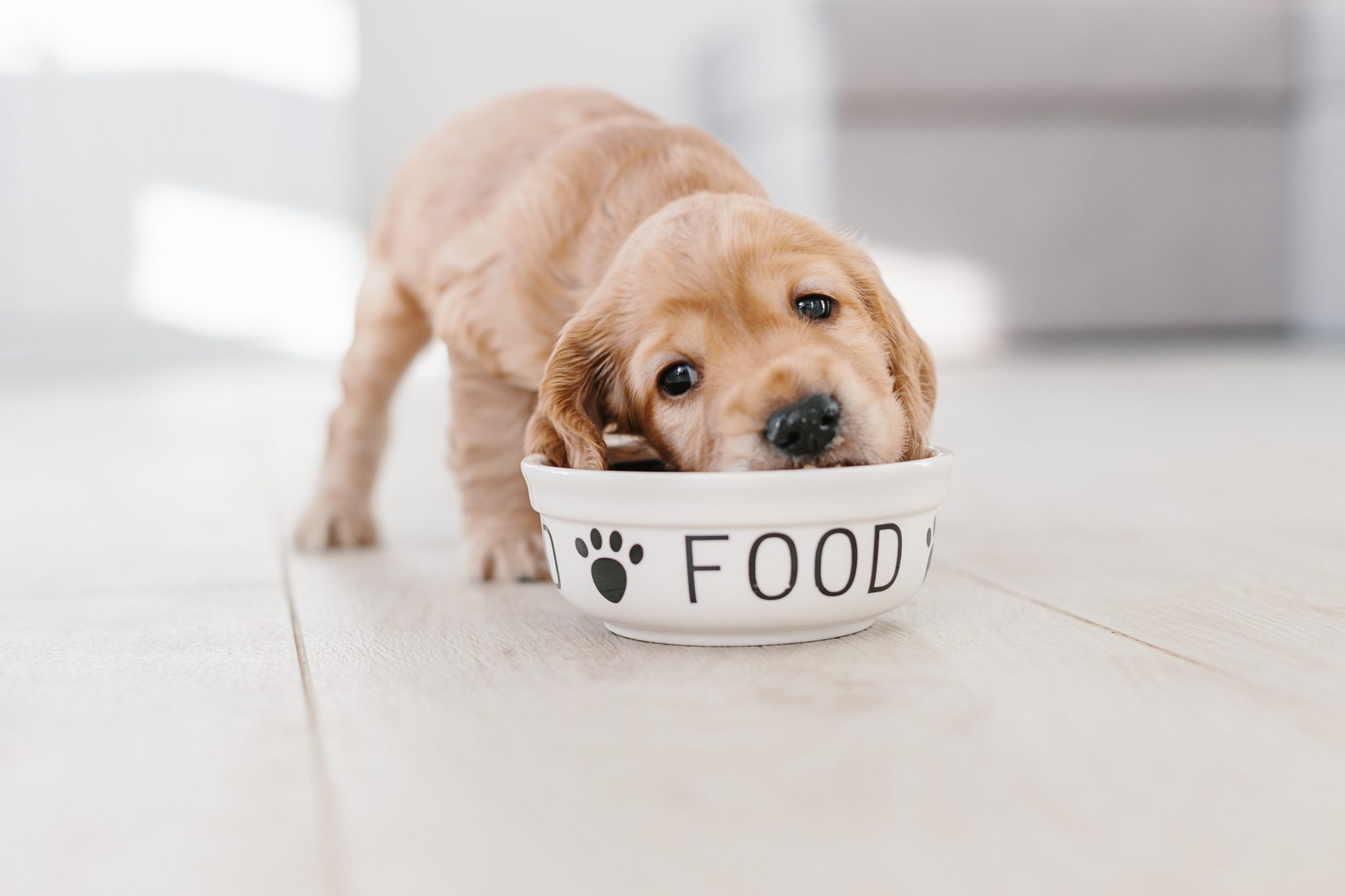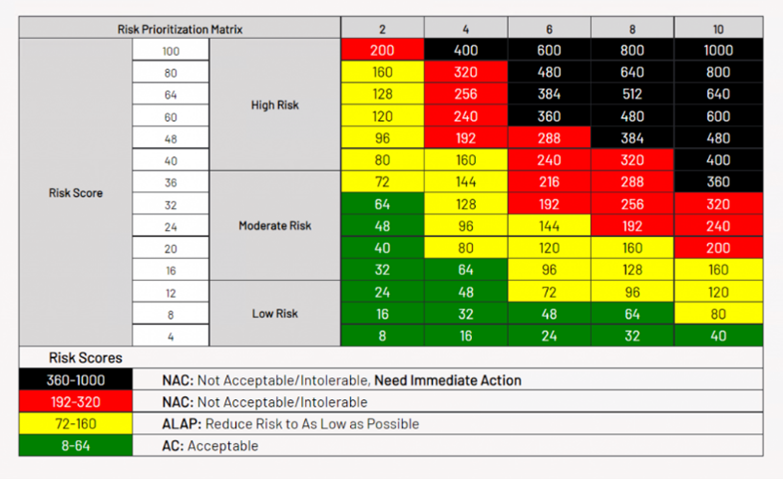December 15, 2022
Alignment with the Food Safety Modernization Act (FSMA) is necessary for manufacturers. It applies equally to animal food manufacturers. Recently, the FDA released updates for animal food guidance, specifically, Hazard Analysis and Risk-Based Preventive Controls for Food for Animals.
In 2021, the FDA issued 89 citations to pet food manufacturers. The most common citation was hazard analysis, highlighting a major gap where regulators will continue to focus during inspections.
This article examines what’s in the new FSMA guidance, including essential elements of the food safety plan. We also look at how the quality management system (QMS) can support various aspects of FSMA compliance and reduce food safety risks.
What’s in the FSMA Animal Food Guidance
While the new animal food guidance is non-binding, it provides a window into what FDA looks for around hazard analysis and preventive controls. The FSMA guidance provides detailed information on topics such as:
- Recognizing and assessing known or reasonably foreseeable biological, chemical, and physical hazards in animal food manufacturing, processing, packing and holding
- How to identify and implement preventive controls for hazards requiring them
- Managing preventive controls through such measures as monitoring, corrective action, validation, and verification
- Food safety plan implementation and record keeping requirements
Developing Your Food Safety Plan
Manufacturing facilities subject to FSMA’s preventive control within the animal food guidance must prepare and implement a food safety plan. Furthermore, the food safety plan is also a central focus during FDA inspections and a top citation under FSMA.
A preventive controls qualified individual (PCQI) must prepare or oversee preparation of the food safety plan. This applies to both animal food guidance and human food guidance. The documents required as part of this plan include:
- Hazard analysis: Each type of food at a facility require assessment for known or reasonably foreseeable hazards that require preventive controls. However, not all foods will necessarily require preventive control.
- Preventive controls: Manufacturers must document preventive controls for all foods that require them. This includes process controls, sanitation controls, supply chain controls, recall plans, and other preventive controls.
- Implementation: The food safety plan must document how you will monitor preventive control implementation in your facility.
- Corrective Action (CA): Manufacturers must describe corrective action procedures for when preventive controls aren’t properly implemented. In addition, written CA procedures should also address a plan if/when contamination is detected during product testing or environmental monitoring.
- Validation and Verification Procedures: Your food safety plan should include your verification procedures for each preventive control. Again, not all controls will require validation, including sanitation controls and the recall plan.
- Recall Plan: The final element of the food safety plan is your recall plan, as outlined in 21 CFR 507.38(a)(1).
Companies must review their food safety plan at least once every three years. Furthermore, the plan should be reviewed when a change introduces a new hazard or an unanticipated problem occurs involving corrective action.
The QMS for Compliance with FSMA Animal Food Guidance
In recent years, the FDA has made a big push to encourage adoption of digital tools to enhance food safety. This includes implementing digital quality management software, which fills several key functions when it comes to FSMA compliance.
The automation of quality processes creates a proactive means of issue tracking and trending. As a result, manufacturers can better visualize potential food safety hazards. In addition, they can identify risk-based preventive controls to prevent or minimize those hazards. Finally, they can create and implement a demonstrable plan to keep unsafe animal food from entering the marketplace.
Conducting the Hazard Analysis
Risk management software in the QMS can help manufacturers evaluate potential hazards based on illness severity and probability of occurrence. Using a risk matrix, organizations can score hazards according to their severity and likelihood, linking hazards to preventive controls. As a result, companies effectively prioritize risks, while ensuring the appropriate actions are taken to reduce them.
Managing Food Safety Plan Documents
Document management software allows companies to centralize critical documents related to FSMA animal food guidance for compliance such as:
- Hazard analysis worksheets
- Process flows
- Documentation of preventive controls
- Procedures for corrective action, validation, and verification
- Documentation of the recall plan
In addition, a QMS also facilitates periodic review of the food safety plan, or when process changes or problems necessitate plan changes.
Monitoring Preventive Controls
The QMS helps monitor preventive controls by pulling quality records into a single digital repository. As a result, quality teams can detect trends as well as manage deviations identified during periodic or continuous monitoring.
Documenting and Implementing Corrective Actions
QMS corrective action tools can help standardize procedures and ensure the completion and verification of required actions. Companies can build corrective action workflows aligned with their documented procedures, focusing on steps taken to:
- Identify and correct problems when a preventive control hasn’t been implemented correctly
- Reduce the likelihood of recurrence, for example by reviewing past corrective action records
- Evaluate all affected food
- Prevent the release of a product if you can’t ensure it’s not adulterated
On a larger scale, the QMS helps create a closed-loop process for managing hazards, preventive controls, and corrective actions. Therefore, it reduces the likelihood of problems falling through the cracks and leading to safety issues.
Validation and Verification
The QMS provides tools for documenting validation and verification activities, including:
- Compiling information from the scientific literature or other sources regarding methods for addressing known hazards
- Documenting studies to demonstrate preventive controls are capable of controlling hazards
- Validating the food safety plan prior to implementation
- Making monitoring records accessible to assess whether preventive controls are implemented and working as intended
Conclusion
FSMA compliance remains a challenge for animal food manufacturers, particularly when it comes to hazard analysis and preventive controls. Meeting the new requirements for animal food guidance requires documenting a wide range of processes, and managing them effectively to reduce risk.
An automated QMS helps manage these risks, acting as a centralized location for managing the food safety plan. By linking together critical functions like document management, quality monitoring, and corrective action, manufacturers can create closed-loop processes that ensure FSMA compliance.
About the Author
Stephanie Ojeda is Director of Product Management for the Life Sciences industry at AssurX. Stephanie brings more than 15 years of leading quality assurance functions in a variety of industries, including pharmaceutical, biotech, medical device, food & beverage, and manufacturing.



